The Coldest Inhabited Place On The Planet – O Y M Y A K O N
Welcome to the Planet’s Coldest Village
The Beauty of OYMYAKON
Oymyakon, also known as the Coldest Village on the Planet.
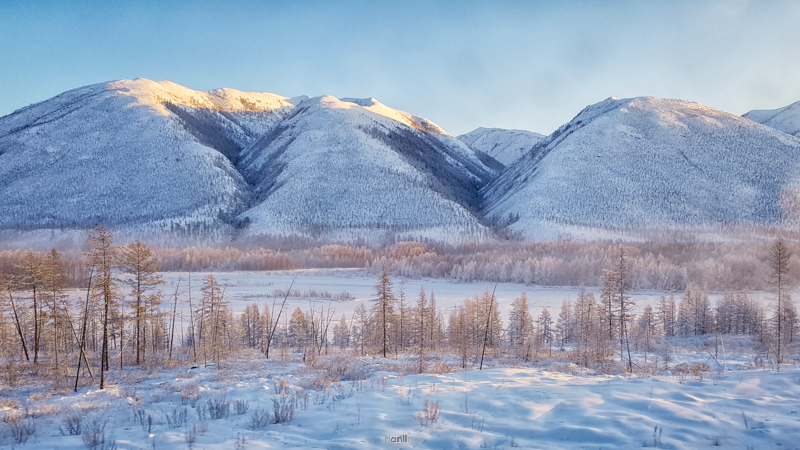
Winter temperatures in Oymyakon, Russia, range from -56°C to -60°C. In 1926, Russian scientist Sergey Obrychev recorded the lowest temperature at Oymyakon’s weather station, 71.2 °C (96.2 °F). It has since become the lowest recorded temperature for any permanently inhabited location on the planet.
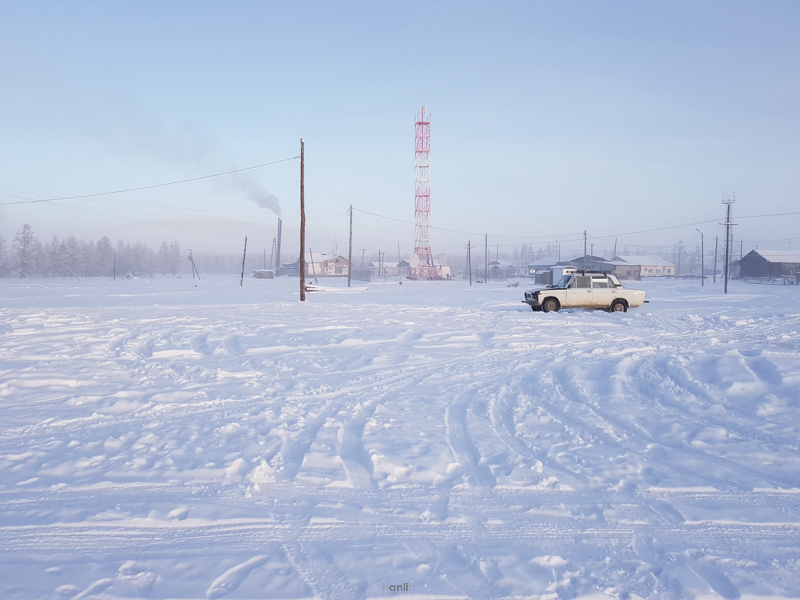
The remote village of 500 people in the corner of SIBERIA. Oymyakon, with its permanently frozen ground, is the coldest place with human habitat.
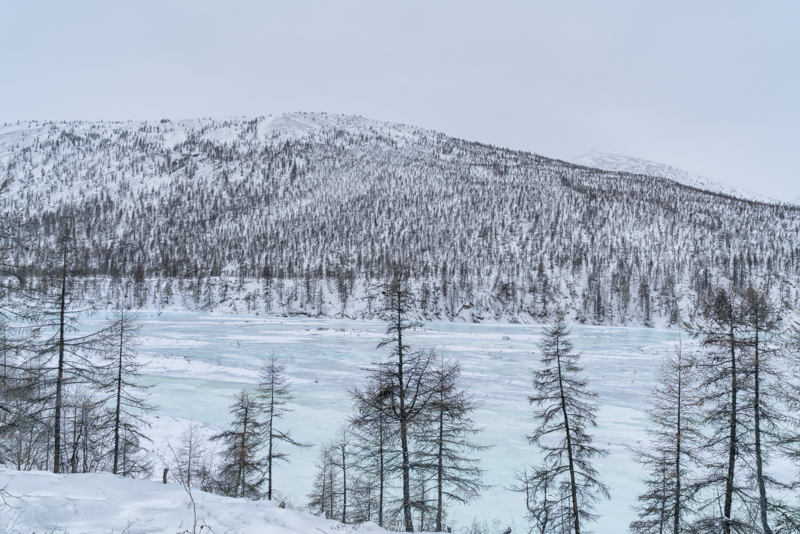
Oymyakon, also known as the Pole of Cold, means “unfrozen patch of water; place where fish spend the winter” in the local language.
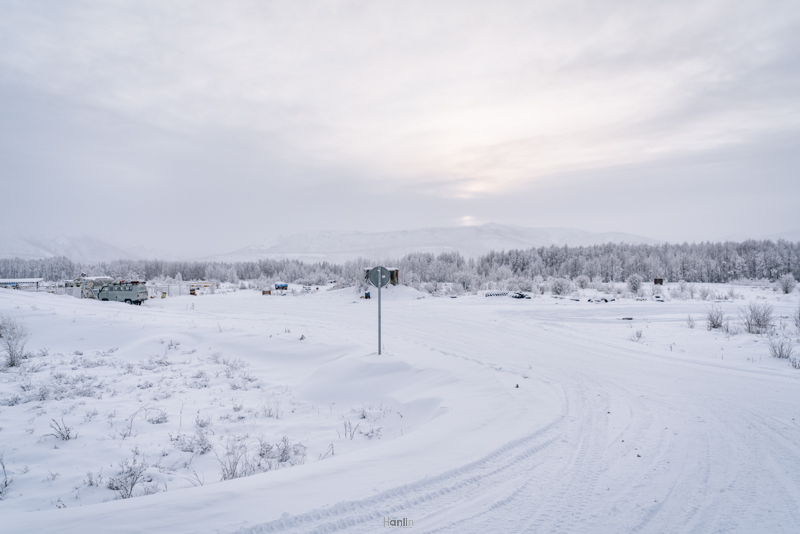
The entire village of Oymyakon is blanketed in pure white snow, no matter which way you turn. Because nothing grows here, the only food available is deer meat, horse meat, and fish.
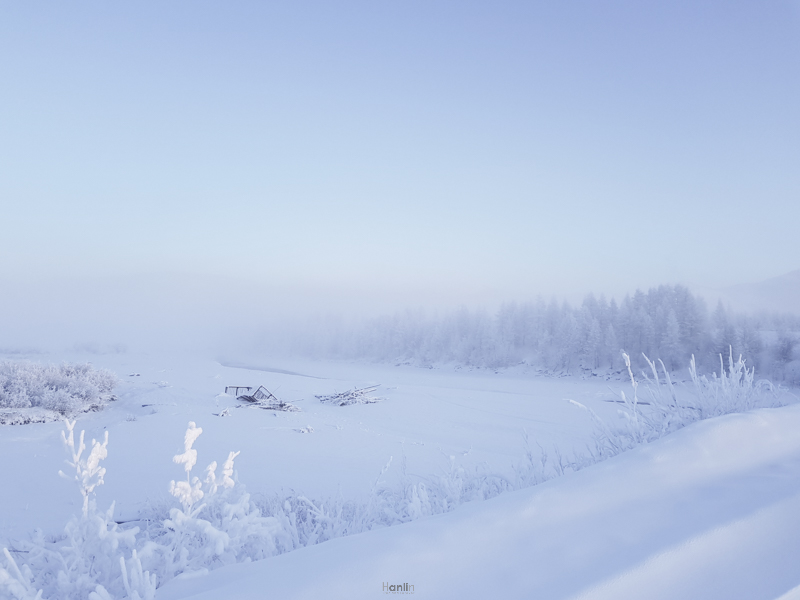
Another issue caused by cold temperatures is the burying of dead bodies. Digging a grave in frozen ground takes two or three days. To dig a grave, a bonfire is lit for a few hours, allowing the ground to thaw slightly. The hot coals are then pushed to the side, and a few inches deep hole is dug. The procedure is repeated several times over several days until the hole is large enough to bury the coffin.
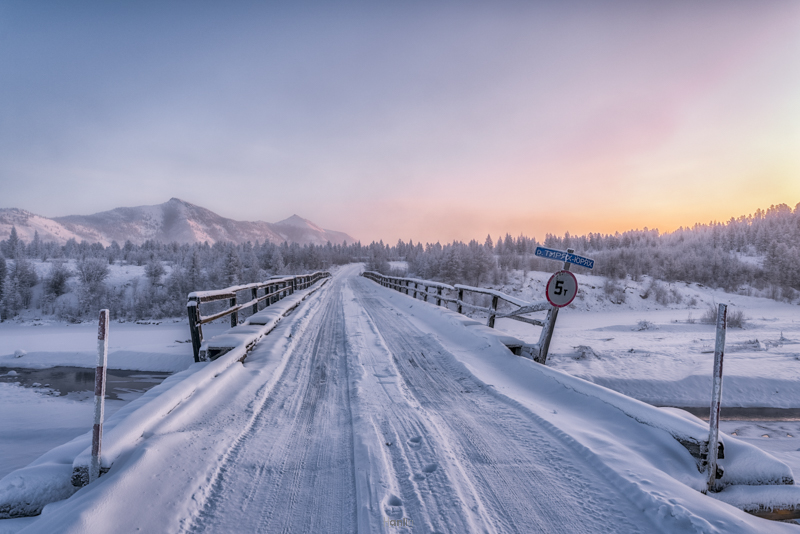
Because of the harsh winter temperatures, there is no plane during the winter; it takes two days to arrive by car from Yakutsk, the capital of the Sakha Republic.
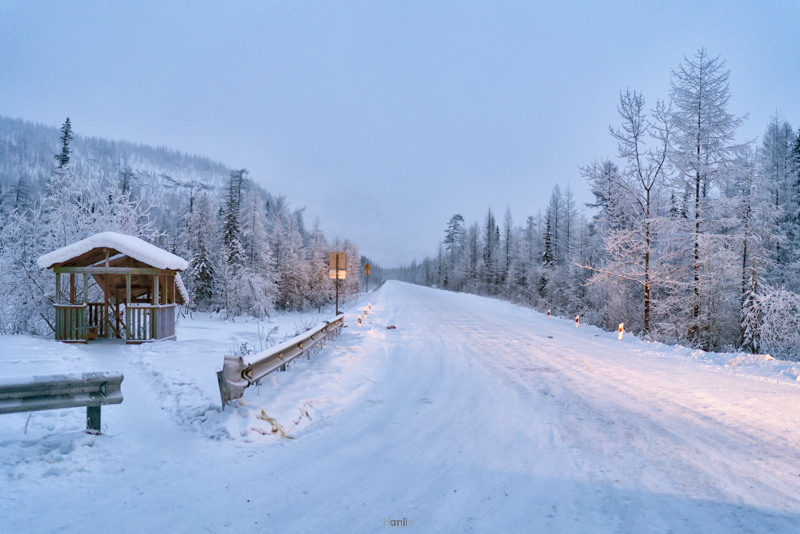
The water in the Oymyakon river does not completely freeze. The ground is permanently frozen to a depth of 5,000 feet; ground water escapes to the surface due to the pressure of the frozen earth.
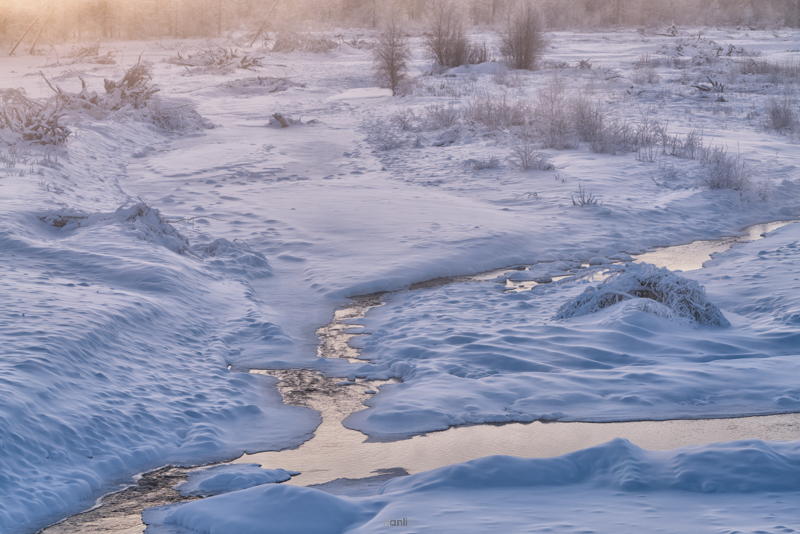
The river’s water is very clean and fresh.
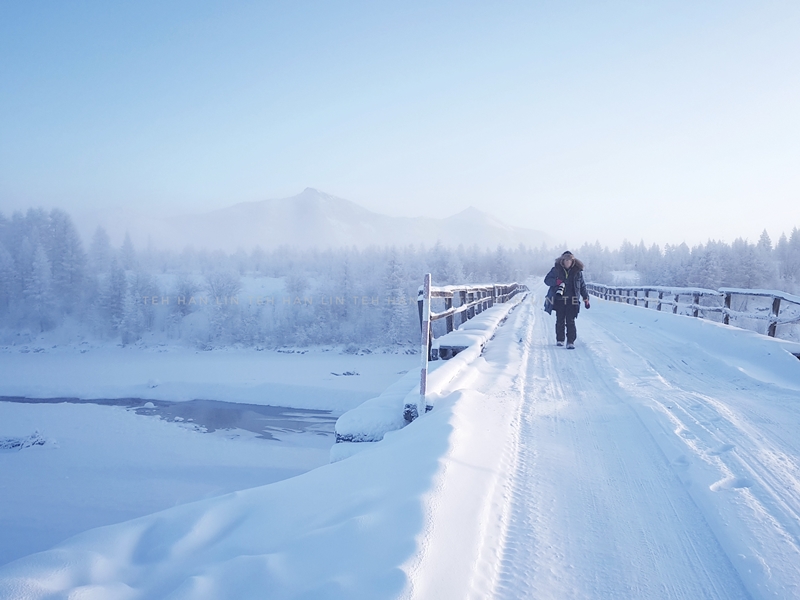
The month of December has only three hours of daylight. During the winter, it can be completely dark for up to 21 hours, and the temperature averages -58 degrees Celsius, but during the summer, the village can receive up to 21 hours of sunlight.
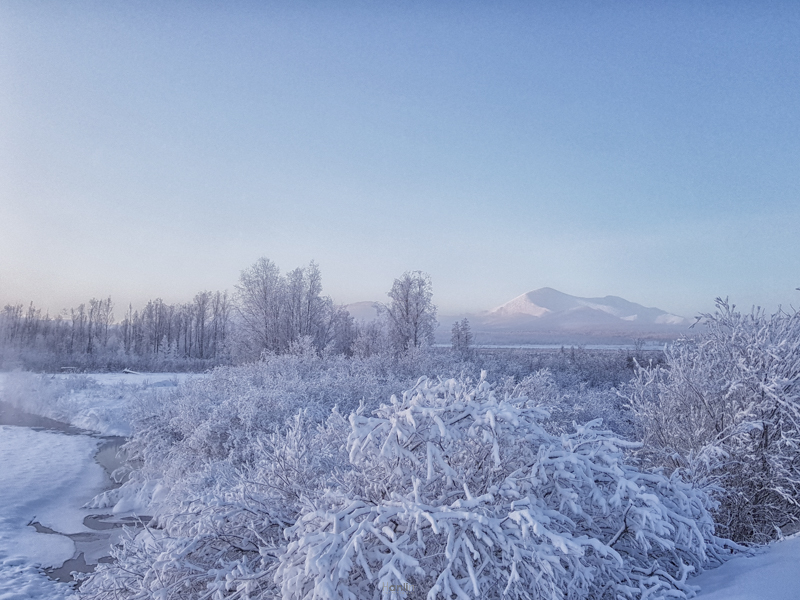
Hot water thrown into the air at minus 57 degrees Celsius immediately freezes into ice crystals.
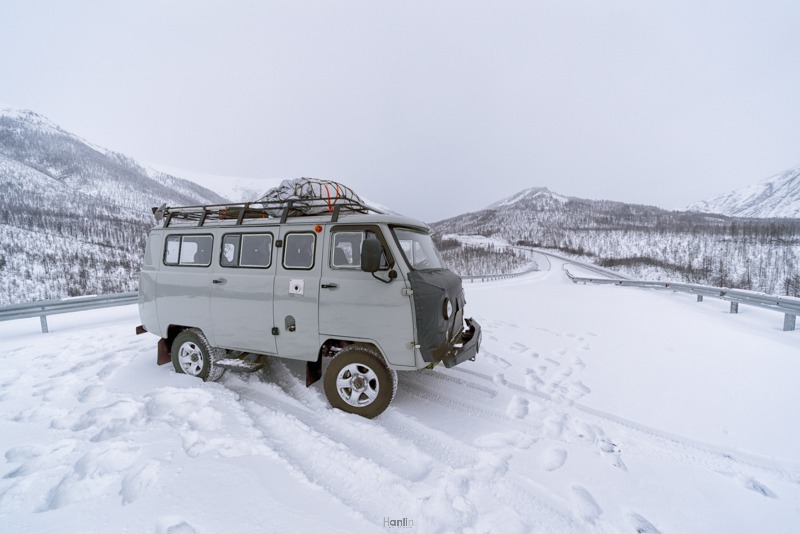
The UAZ car is an off-road military light utility vehicle made of iron that was used by Soviet and other Warsaw Pact armed forces. It was also widely used in state organizations in the Soviet Union that required a tough and durable off-road vehicle. Seating for seven personnel was standard in military versions.
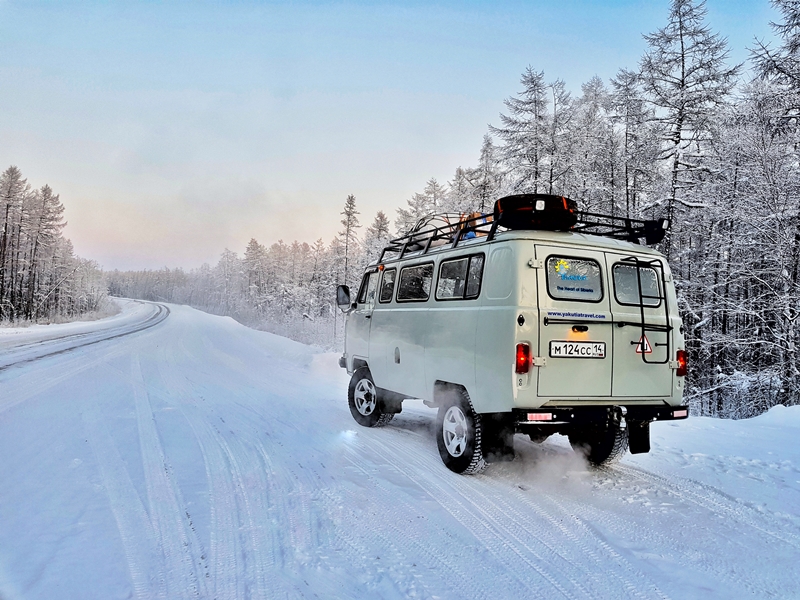
Cars in this Siberian must be left running, sometimes overnight, to prevent the mechanics from freezing. If cars were not kept running outside, they had to keep them in a heated garage to avoid the car breaking down.
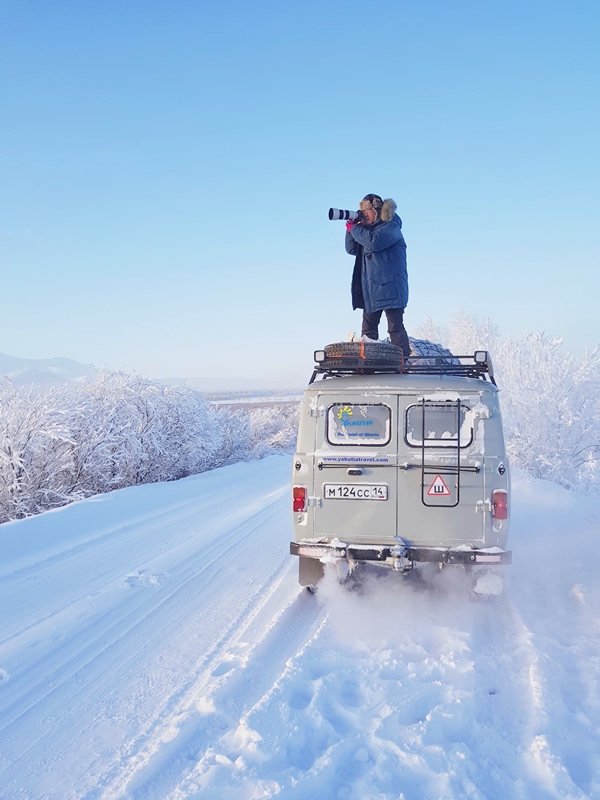
The challenges of shooting in this freezing temperature were that the battery would quickly drain and the lens would frequently freeze over. The only way is to immediately keep the camera warm inside the jacket against the body after taking a shot, so the lens does not freeze and the battery does not drain quickly.
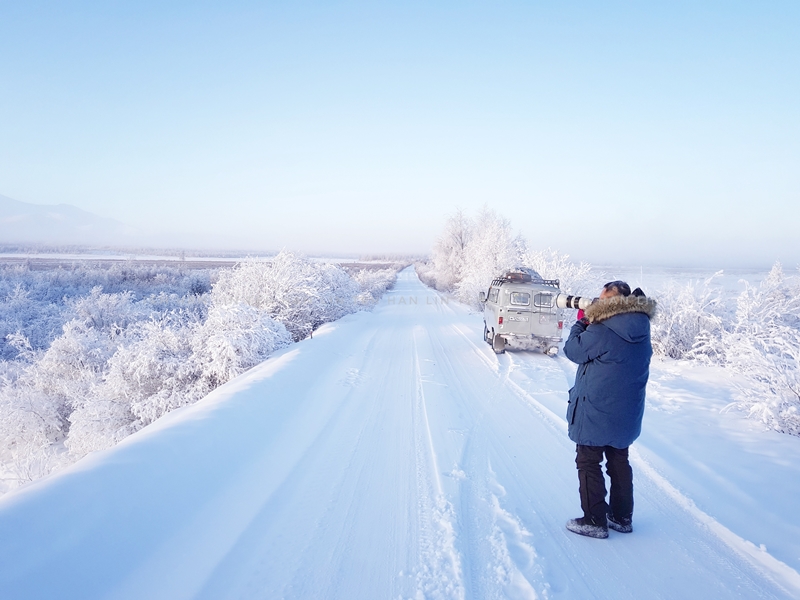
People wearing glasses pose another interesting challenge in this freezing weather. Eyeglasses are known to freeze to faces, and glass can easily freeze due to steam from the nose and mouth.
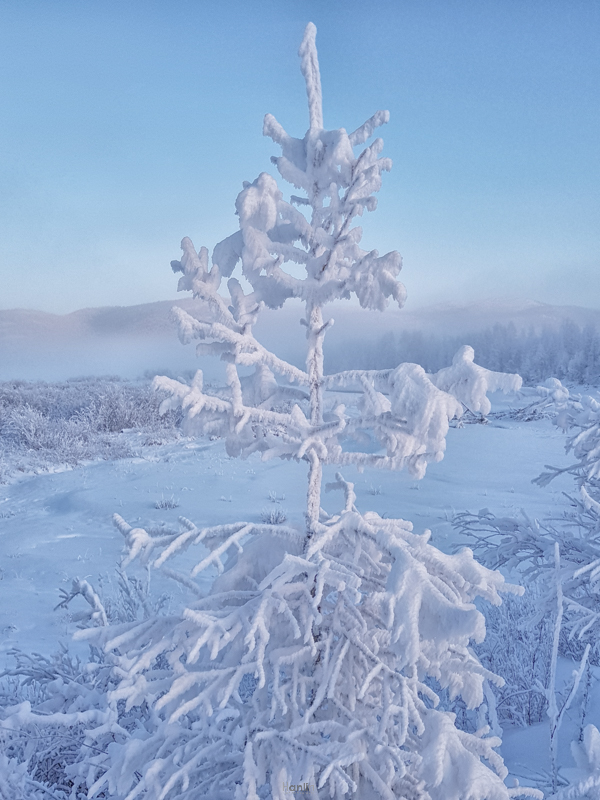
Pen ink freezes, glasses stick to people’s faces, and mobile phone service is non-existent in bitterly cold temperatures.
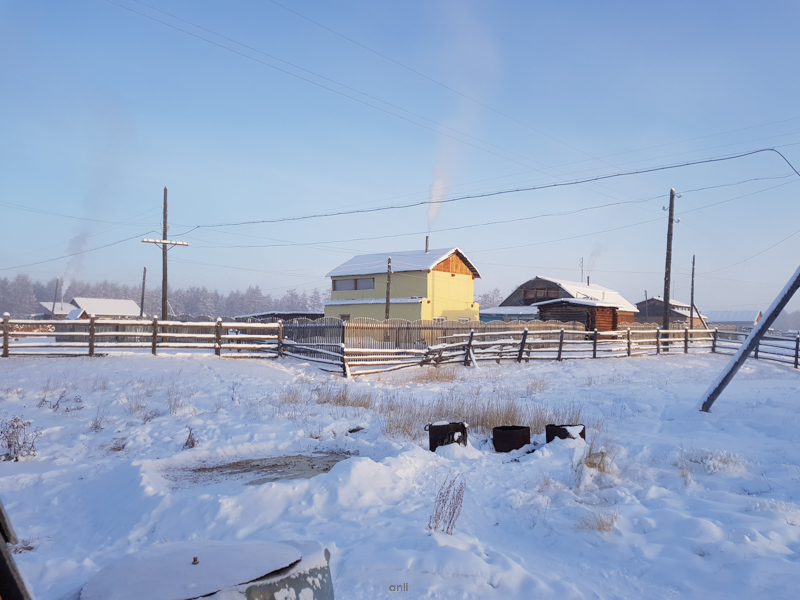
Although the weather in Oymyakon is bitterly cold, it is not cold enough to keep children from attending school. School is only closed if the temperature falls below -52°C.
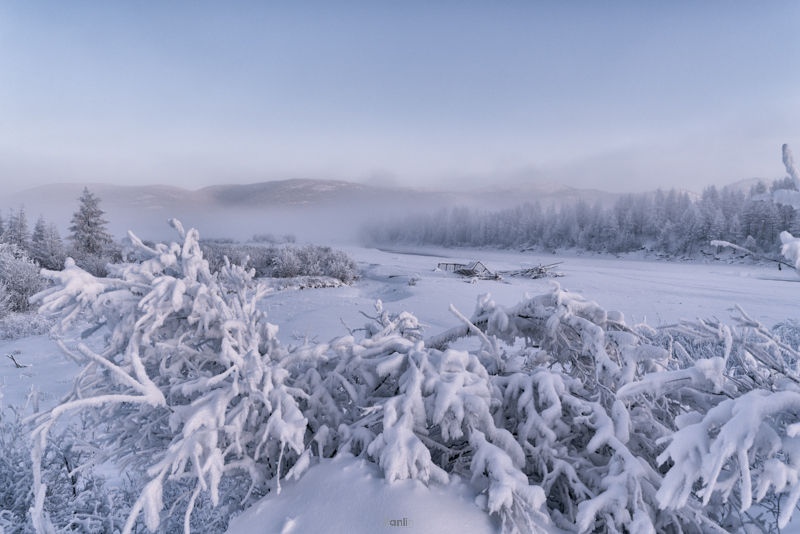
To avoid the freezing temperatures, most people spent as little time as possible outside.
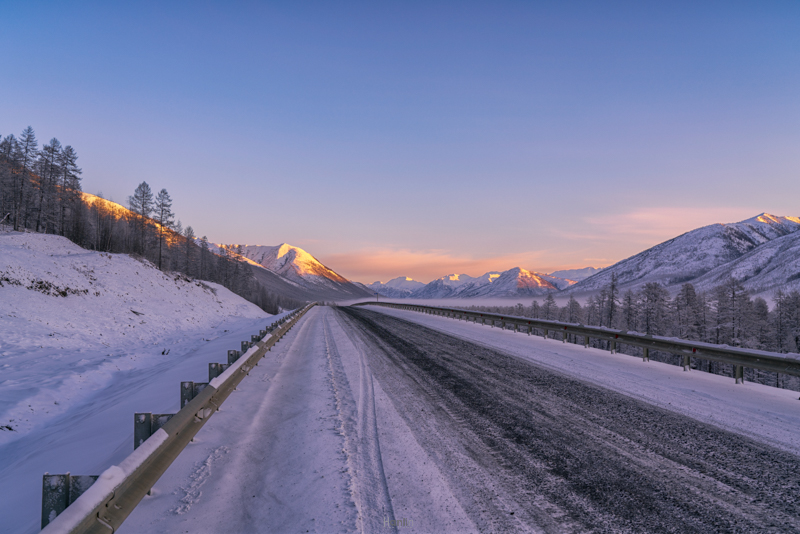
To get to Oymyakon, take a flight from Moscow to Yakutsk, followed by a two-day drive.
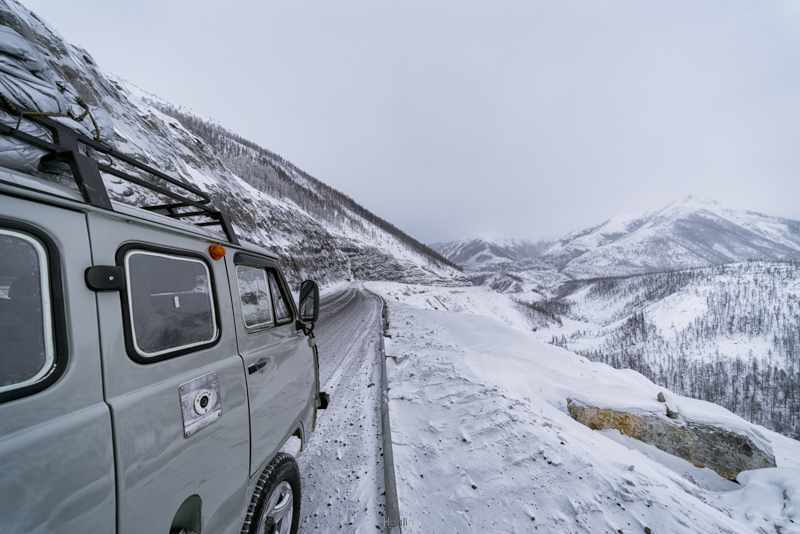
Gulag road, also known as the Road of Bones, was named after the thousands of gulag prisoners who died while constructing it, their bodies buried just beneath its surface; when people died in the harsh conditions while constructing the road, their bodies were simply incorporated into its make-up. Because the ground was too hard to bury people in, they decided to make them part of the road itself.
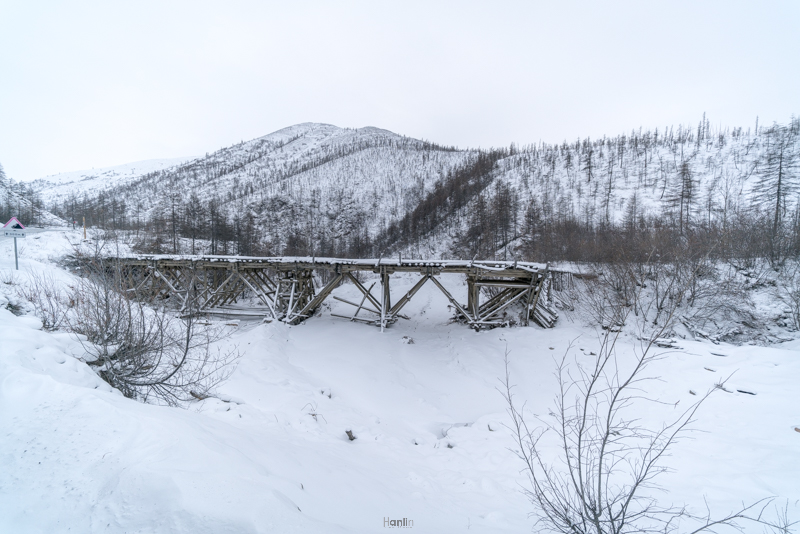
This is the historic Gulag Road. The only way to get to Oymyakon
Inside the house of the coldest village
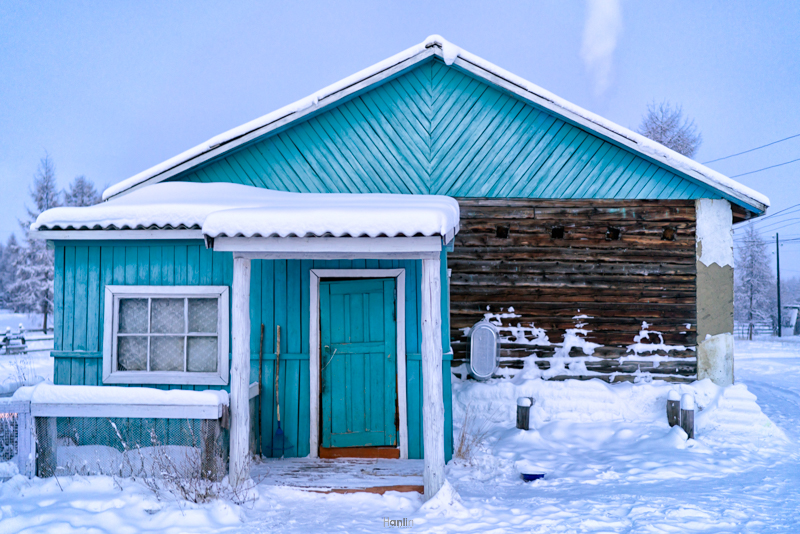
Buildings in permafrost regions must be built on pilings, machinery must be made of specially tempered steel, and transportation systems must be designed to function reliably in both extremely low and extremely high temperatures.
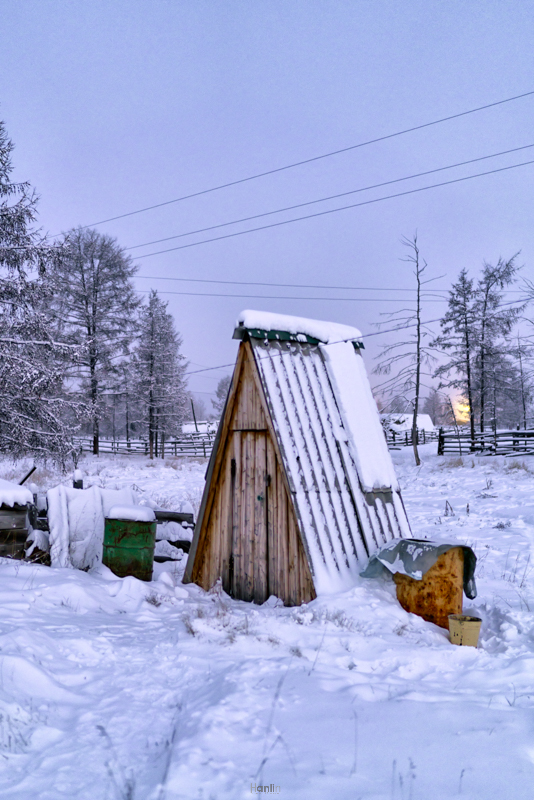
Going to the restroom is an adventure, because the frozen ground makes working indoor plumbing difficult, the majority of Oymyakon’s homes have outdoor toilets.
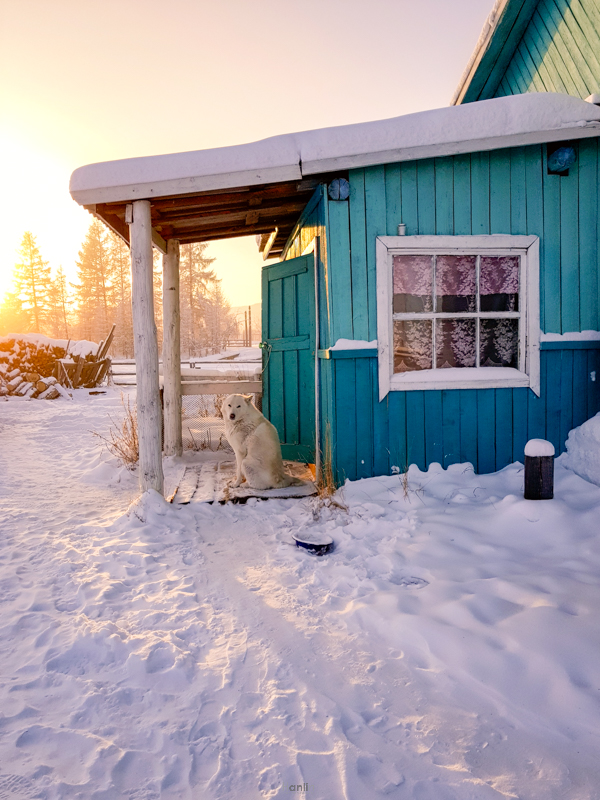
People in Oymyakon don’t eat a lot of vegetables and fruits because the harsh climate prevents many types of fruits and vegetables from growing there, but there are some berries, leaf plants, and root vegetables that grow in the wild.
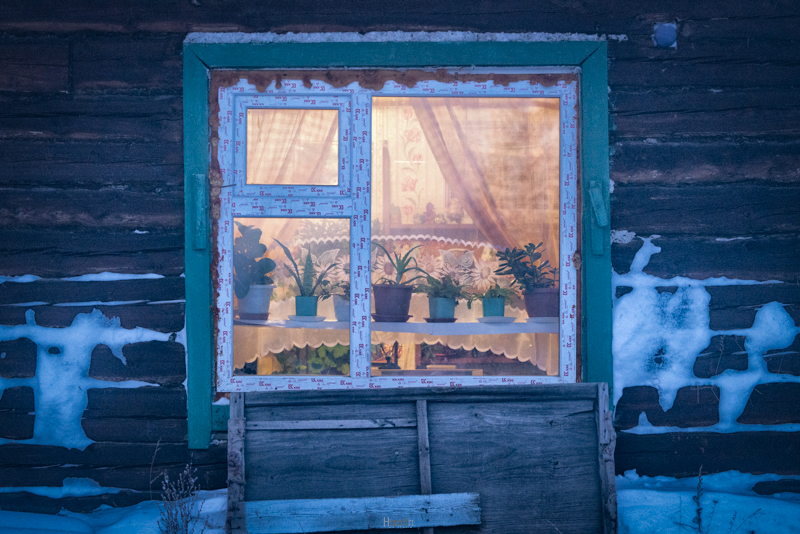
Their diet consists primarily of reindeer meat, horse meat, fish, and farm animal milk.
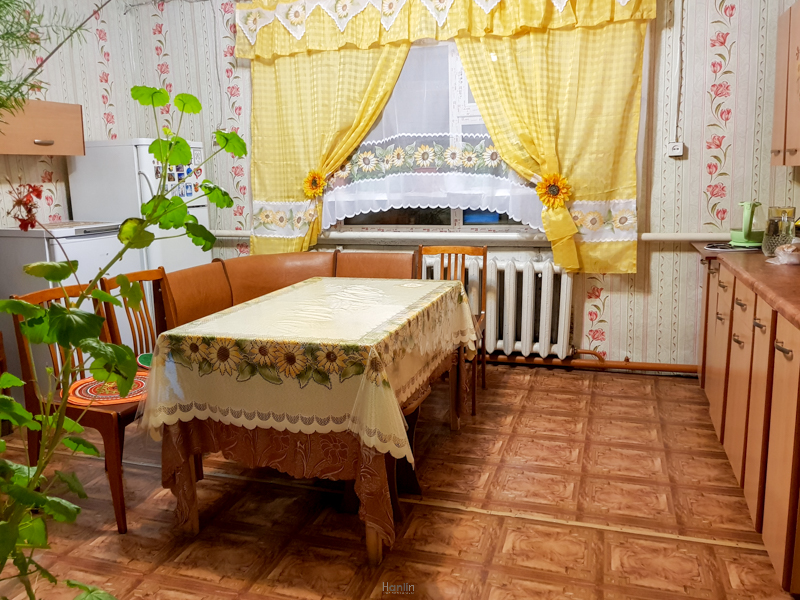
In the winter, heating the house with -50°C to -60°C requires seven truckloads of wood. Many people have been forced to leave because they can no longer afford it due to the loss of government subsidies.
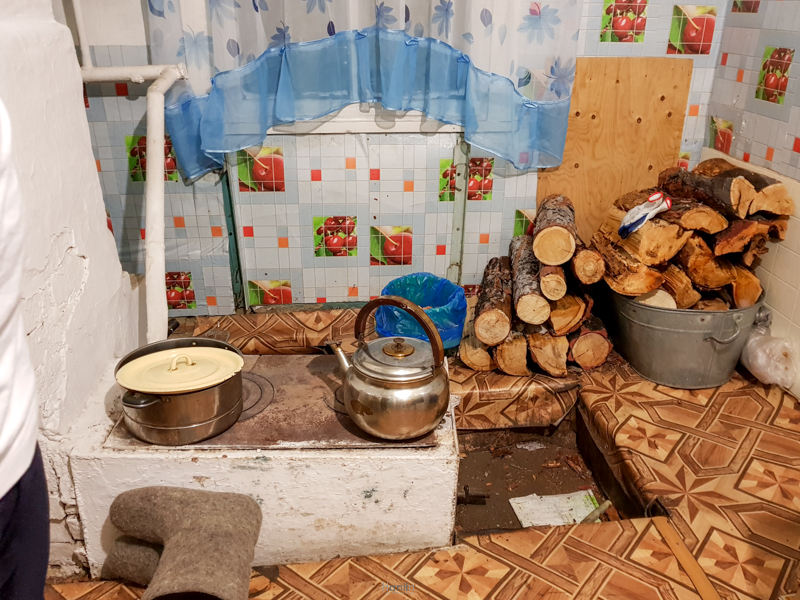
The majority of homes in Oymyakon still use coal and wood for heating and cooking.
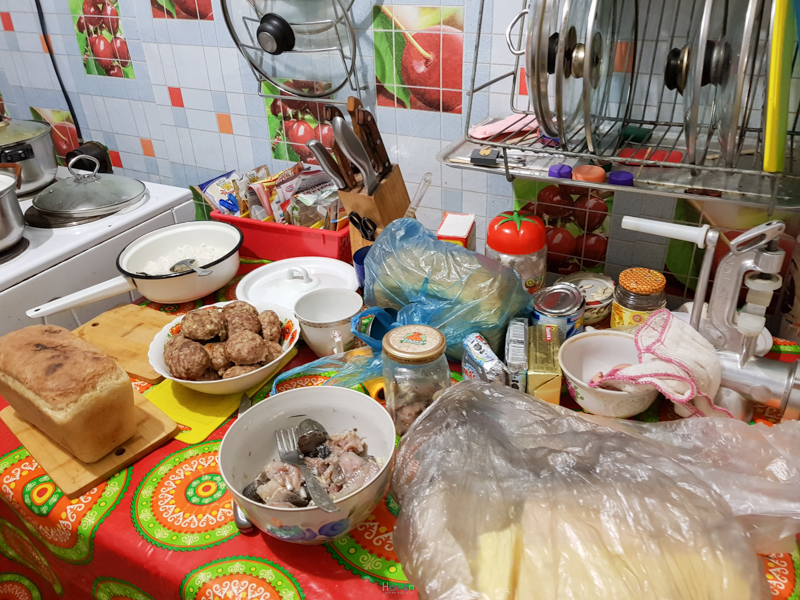
Because everything has to be brought in from outside, everything is expensive. Nothing grows in the area. The only meat produced locally comes from hunted animals like reindeer, moose, and rabbits. Deer milk is the only source of calcium and many other essential micronutrients. It assists the locals in staying fit.
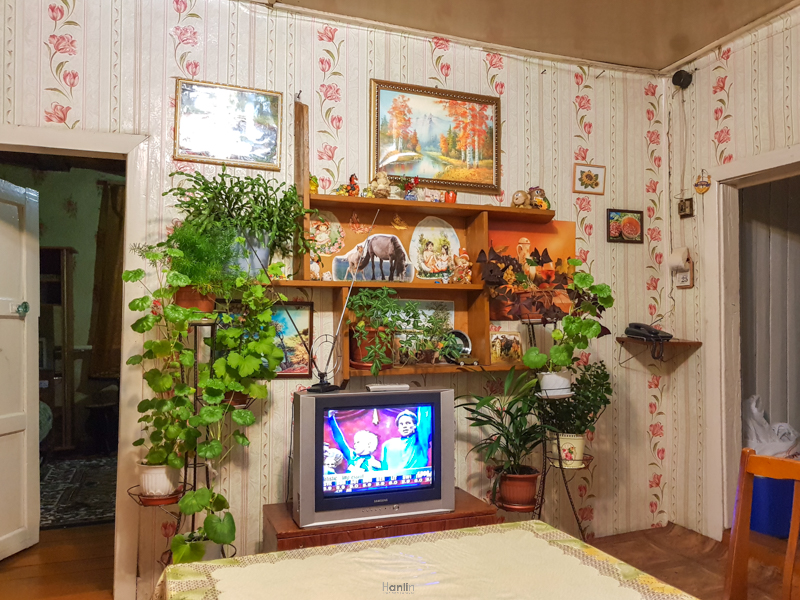
Despite these seemingly inhuman conditions, the local population has managed to reach an agreement with nature. Locals value clean air and water, an active lifestyle, and nutritious food.
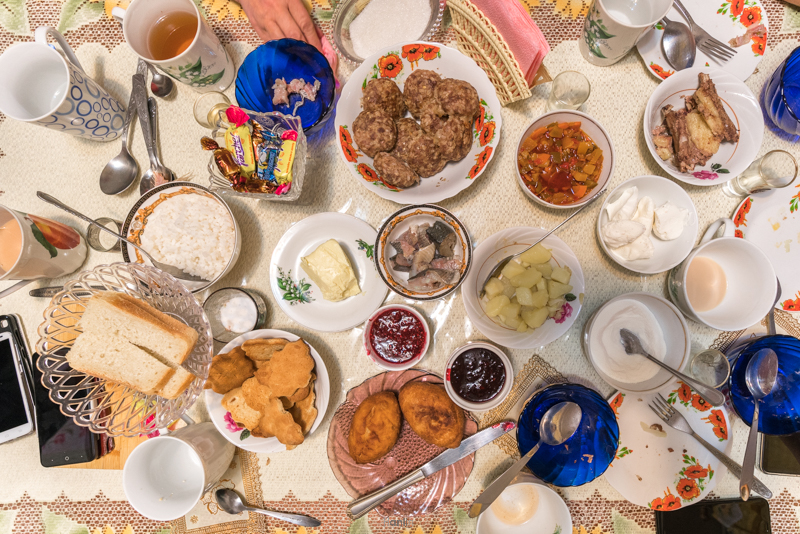
People in Oymyakon don’t eat a lot of vegetables and fruits because the harsh climate prevents many types of fruits and vegetables from growing there, but there are some berries, leaf plants, and root vegetables that grow in the wild. Their diet consists primarily of reindeer meat, horse meat, fish, and farm animal milk. They make up for the lack of fruit by gathering wild berries.
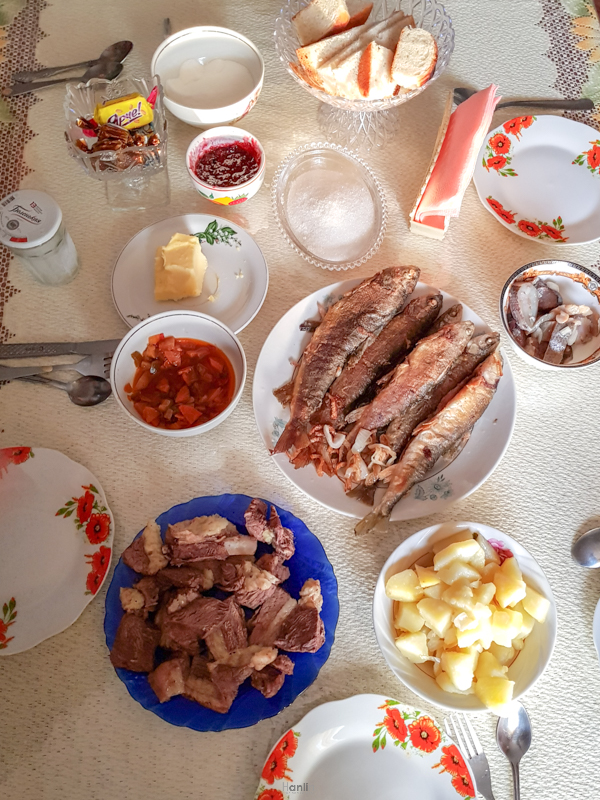
Crobo (crucian carp) is the most popular fish among Yakuts. It is eaten cooked, fried in a pan, or grilled over an open flame. The most well-known delicacy is Stroganina, which is thin long slices of frozen fresh river fish eaten frozen during the winter and is usually served with vodka.
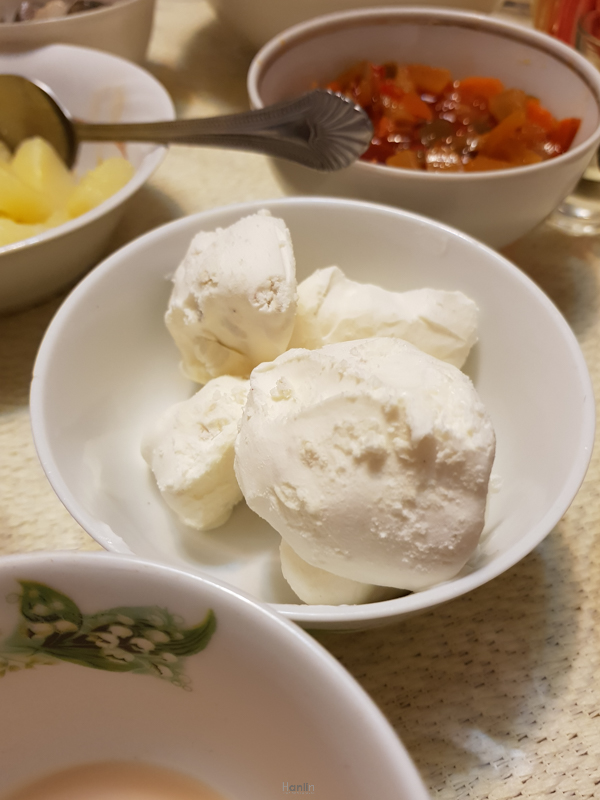
They have never been sick in their lives, according to the locals. They believe that two local dairy products, hayak and kyorchekh, are the cause of it. Hayak has a flavor and appearance similar to fatty oil. Kyorchekh is made in the same way that ice cream is: fresh cow’s milk is whipped with berries, partially frozen, and turned into cakes.
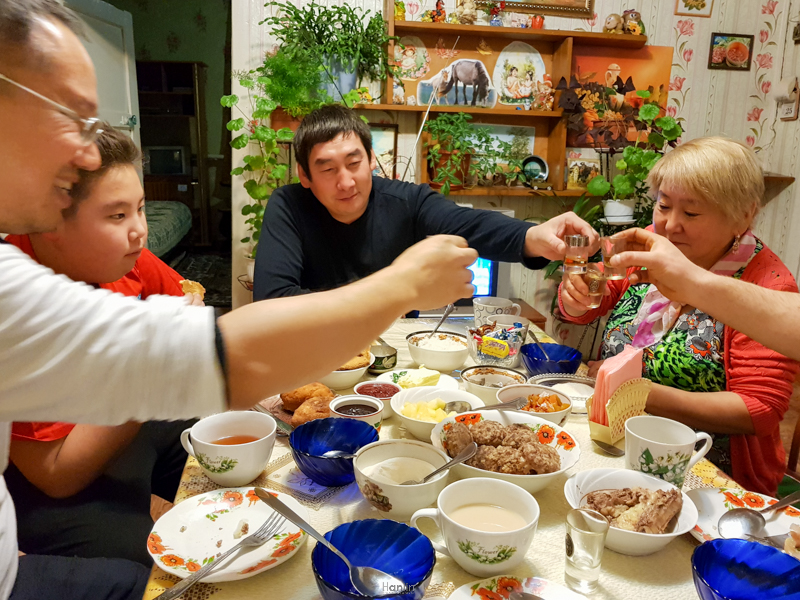
Vodka’s nickname is Russian tea or an appetizer, and when vodka speaks, we will understand each other and language will no longer be an issue.
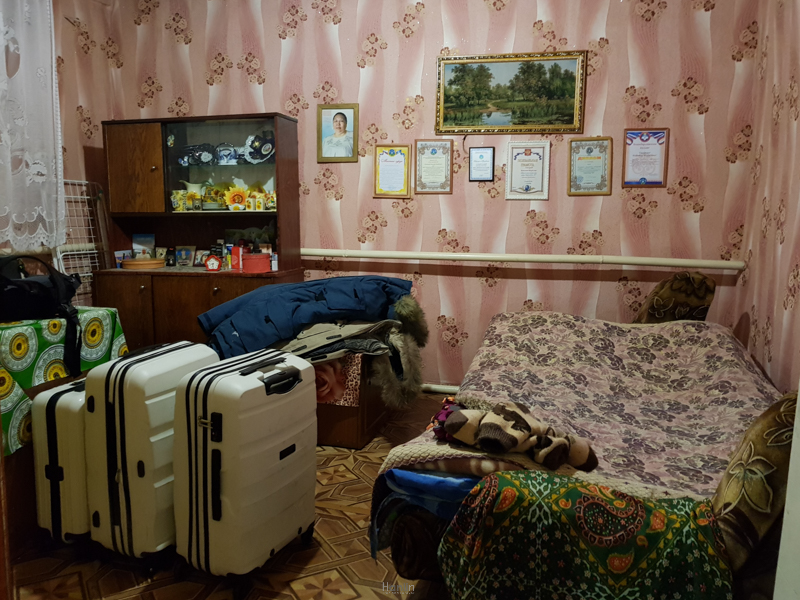
Our bedroom for the night.
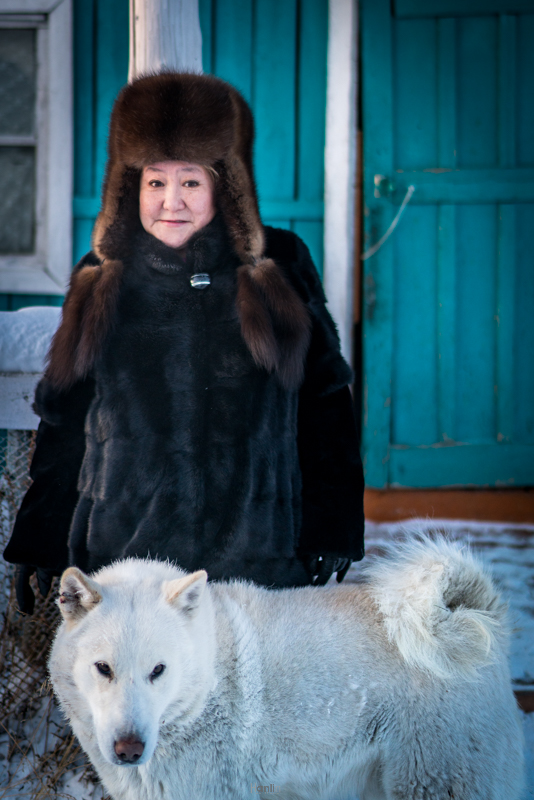
Valentina, the owner of the house.
Horse Breeder of the coldest village
The Yakut Horse is a rare horse breed from the Sakha republic region of Siberia.
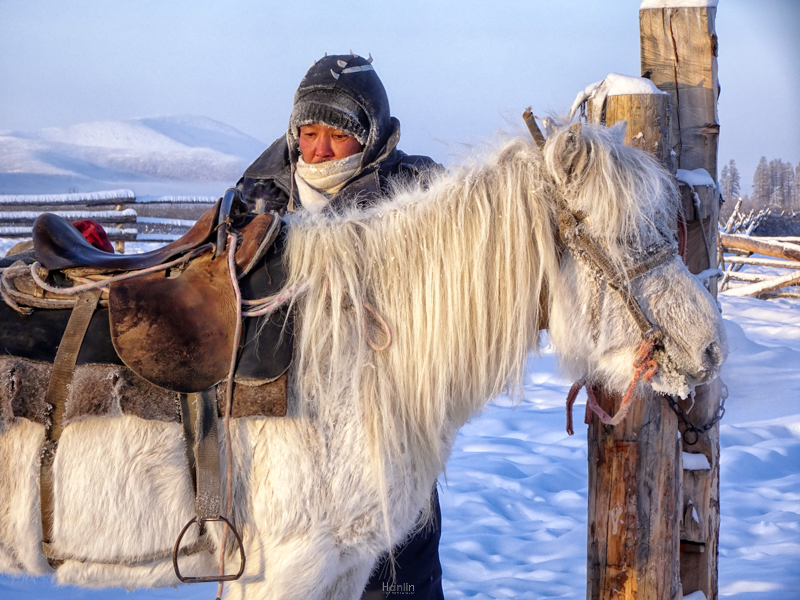
The horse is significantly larger than a Mongolian Horse. The winter hair of the Yakut horse is about 10cm long and very thick. The horse’s coat grows longer as the daylight hours shorten. This is caused by light entering the horse’s body and activating glands that control hair growth. The summer coat’s short hairs fall out, and longer hair grows in their place to keep the horse warm during the colder months.
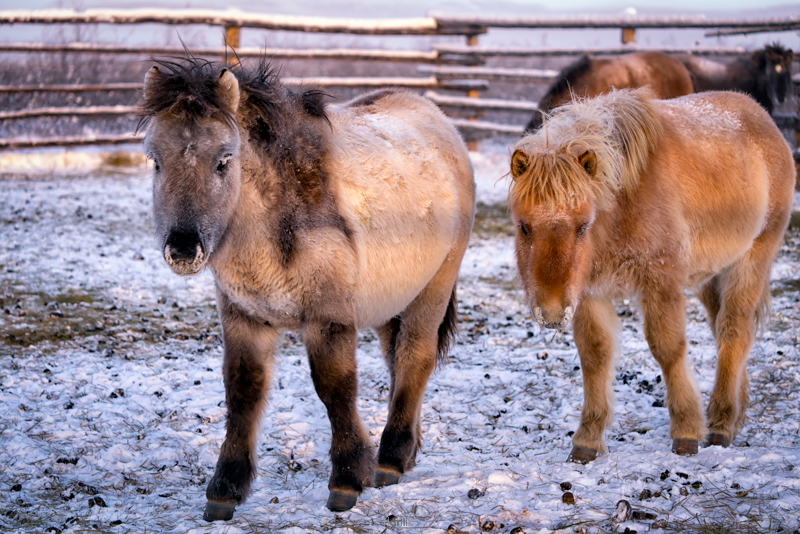
Yakut horses are well-adapted to extreme cold and can survive in temperatures as low as -60°C without shelter.
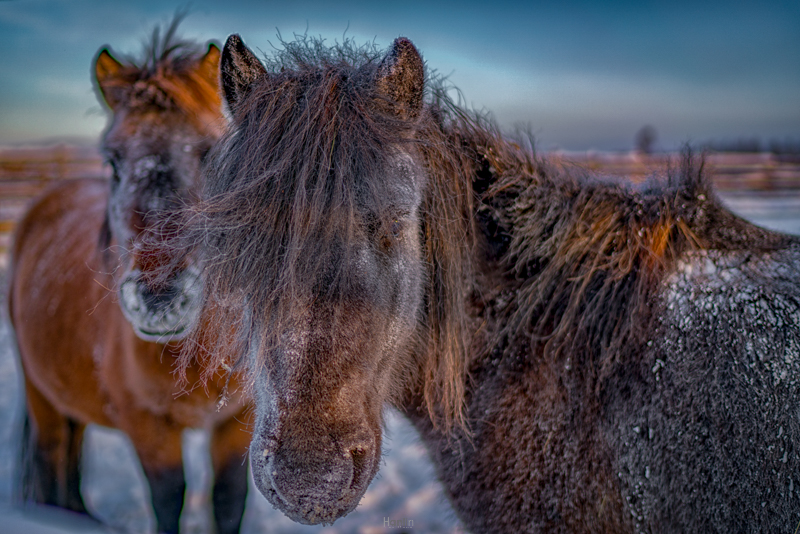
They are the most frost resistant of all known breeds due to their ability to find vegetation to graze on under deep snow, very thick and long hair, resilient skin, and a layer of fat.
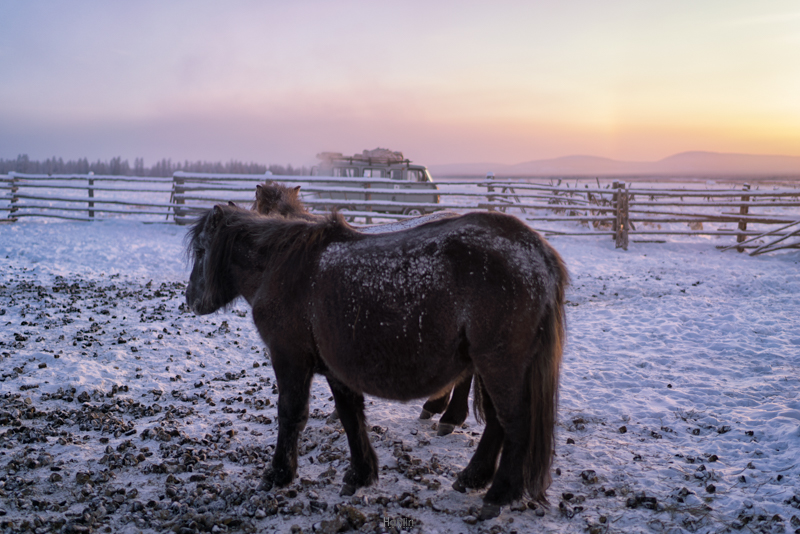
They can produce up to 105 kg of live weight meat at 6 months, 165 kg at 30 months, and around 228 kg at adulthood.
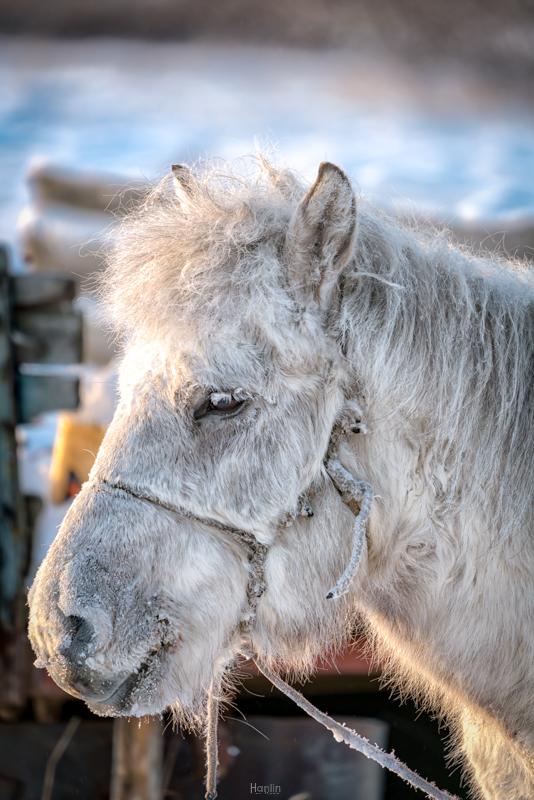
Many residents of the area rely heavily on horse breeding as a source of income.
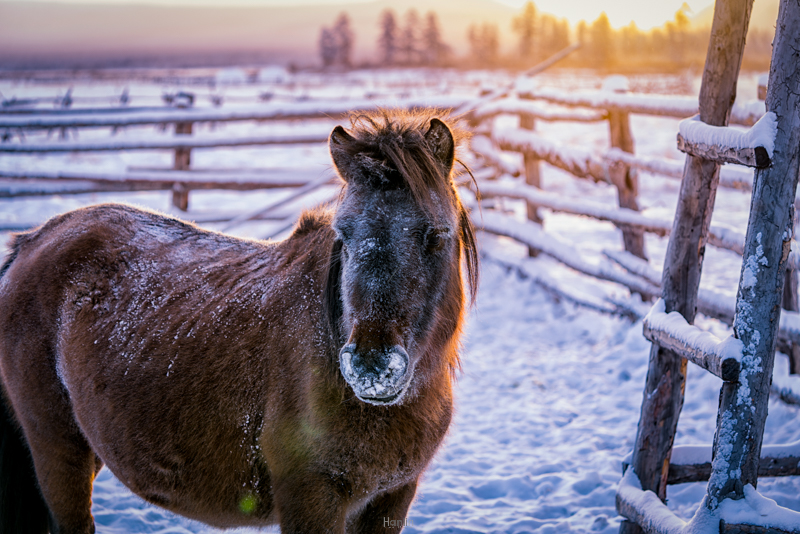
The Yakut horse stands about 150cm tall on average. Yakut horses are raised primarily for their meat and milk.
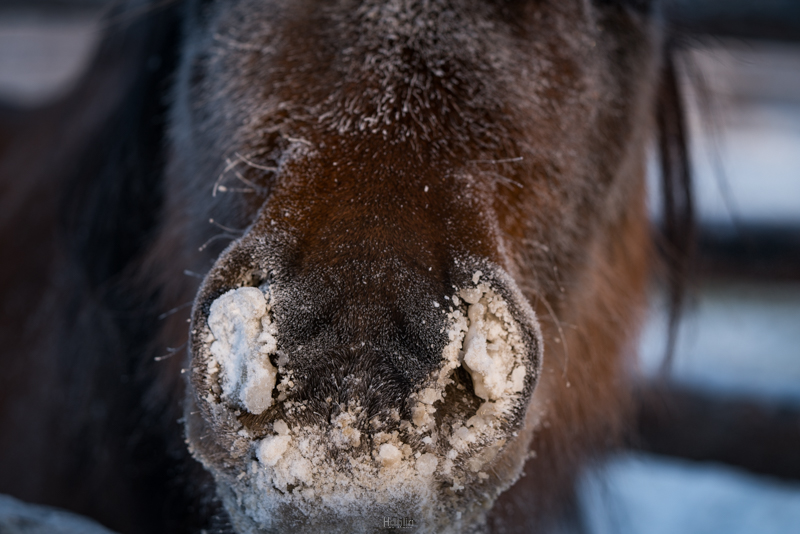
In the subzero temperatures, they have steam coming from their nostrils.
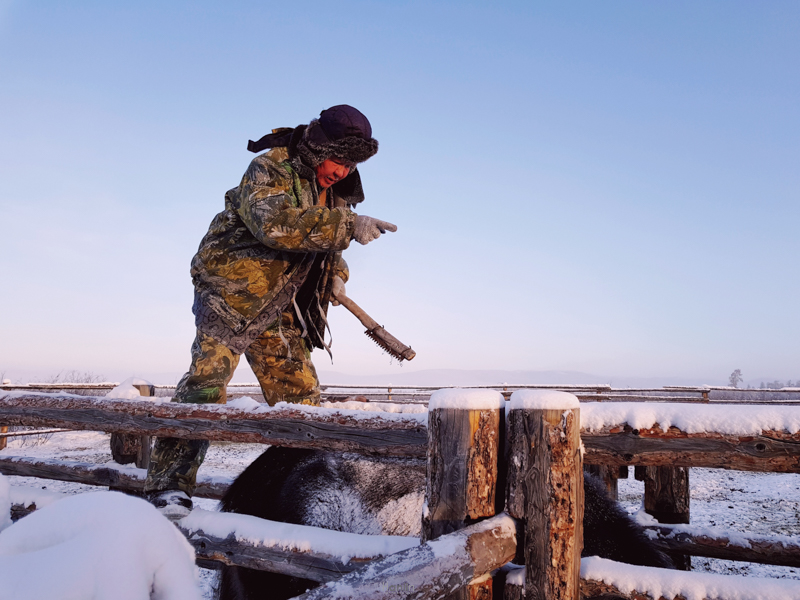
The horse breeder is removing snow from the horse.
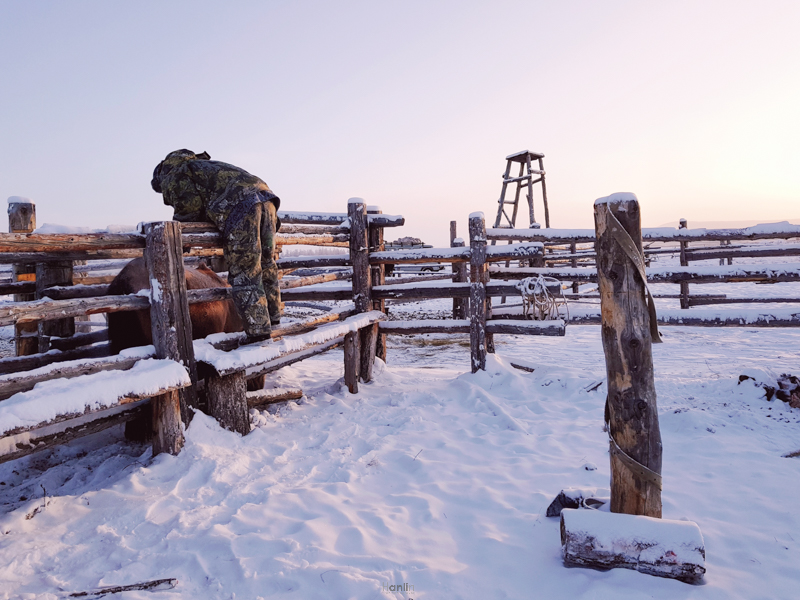
The hose breeder must ensure that the horse is properly fed. A hungry horse will be cold, and the body will respond by growing a thicker coat to compensate.
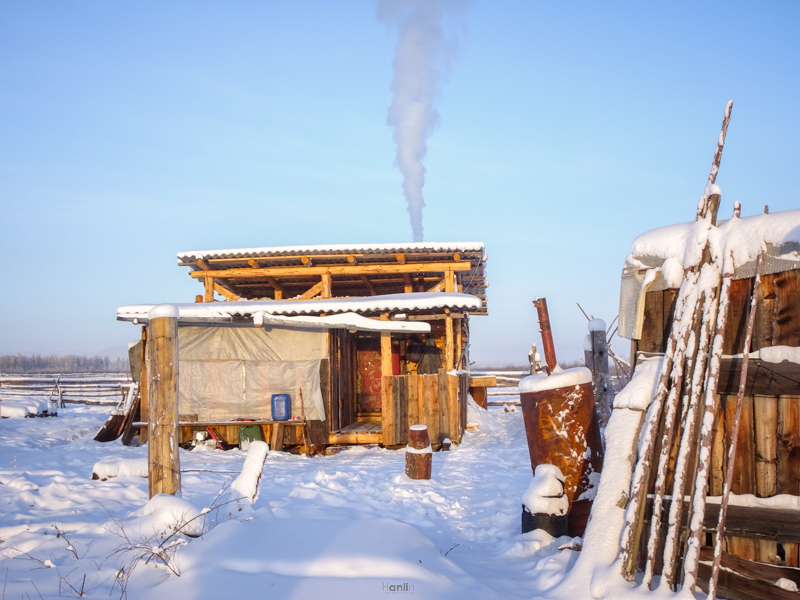
A horse breeder’s camp in minus 48 degrees Celsius.
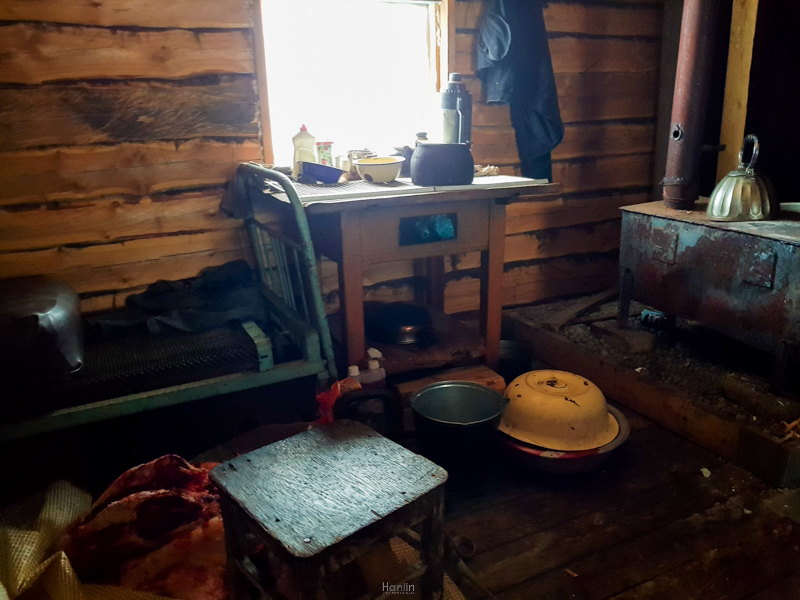
Inside the camp.
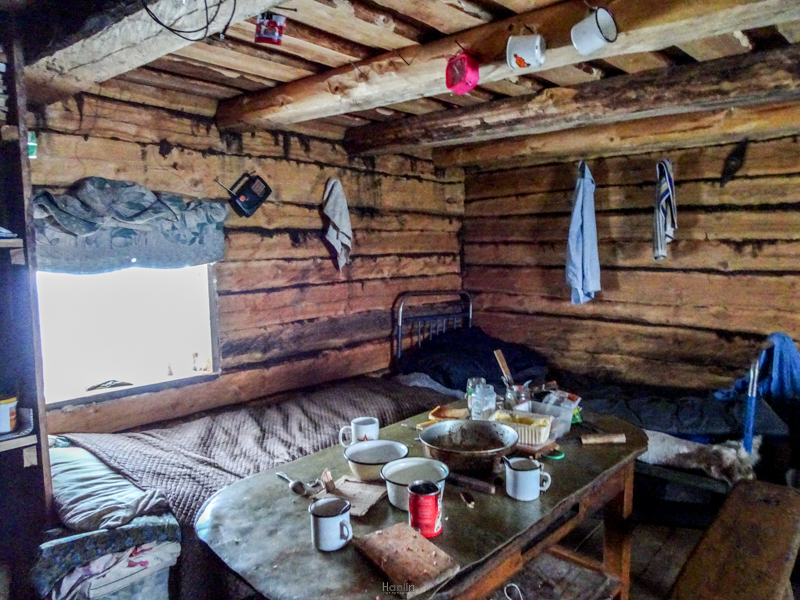
Their diet consists primarily of reindeer meat, horse meat, fish, and farm animal milk.
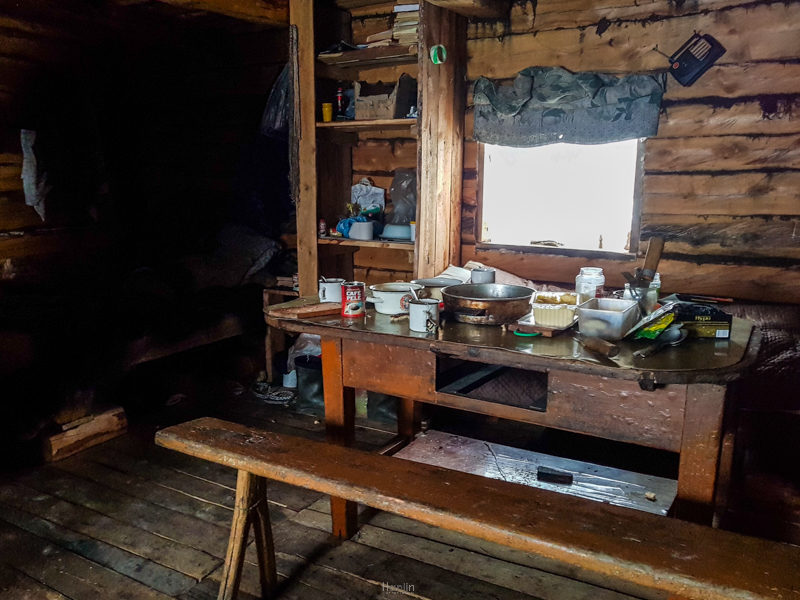
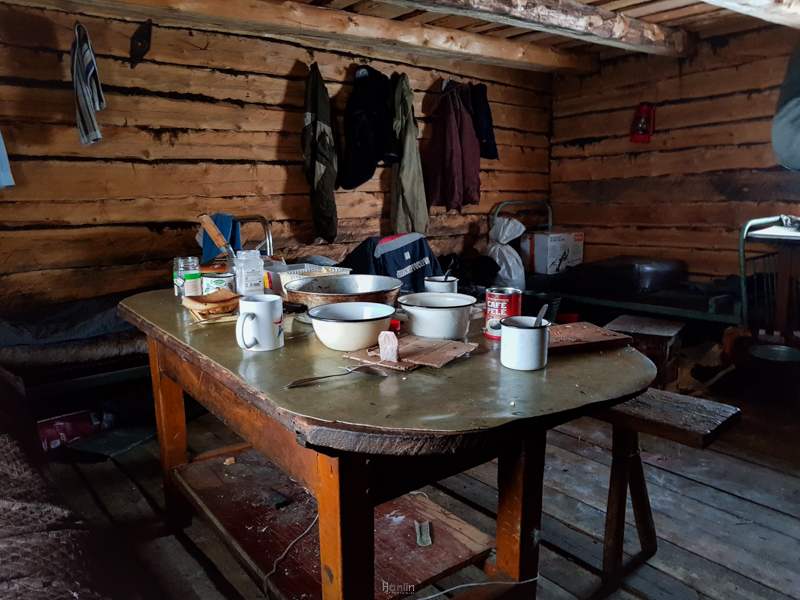
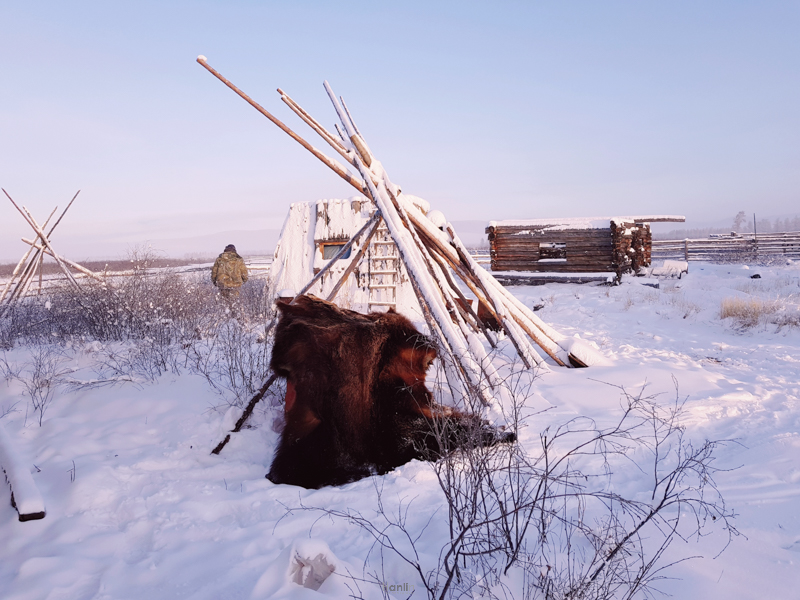
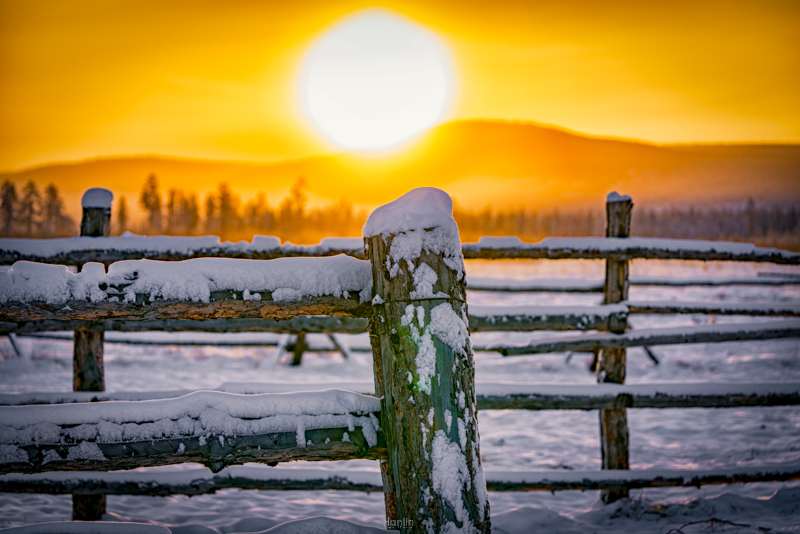
In the winter, sunrise only lasts three hours.
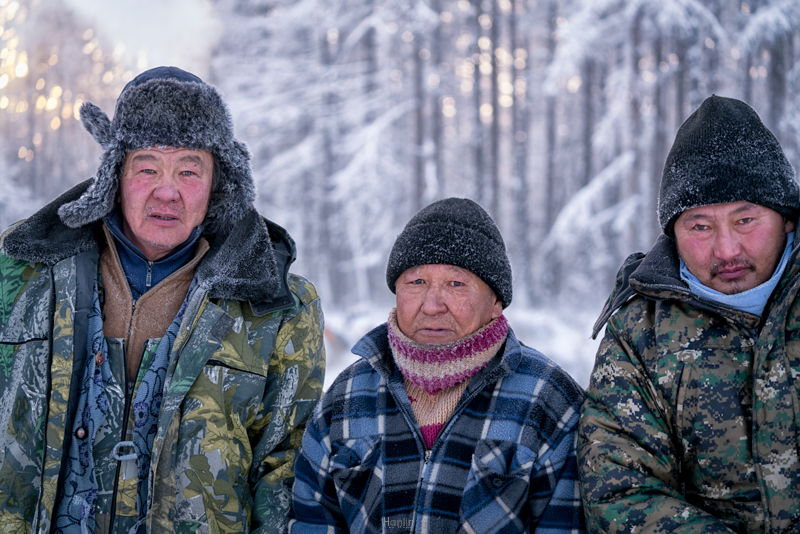
The horse breeder.
Fishing in temperature minus 46°C
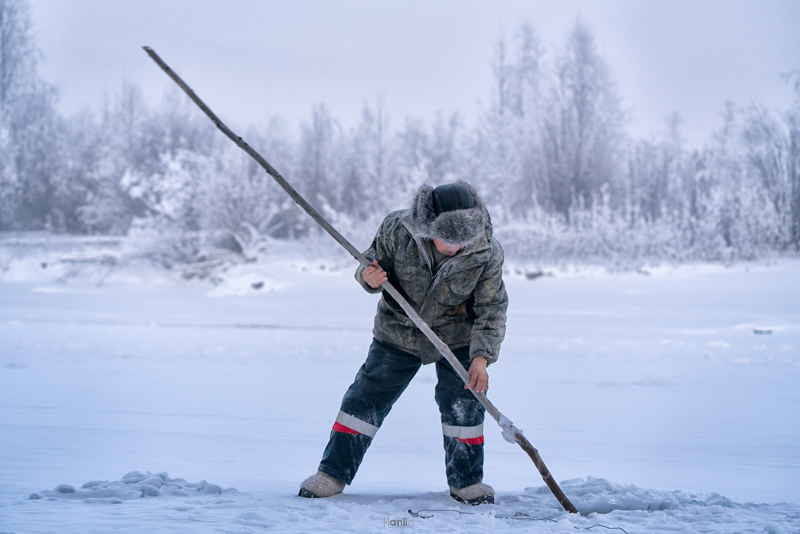
Oymyakon, Russia, is the world’s coldest village. also known as the “Pole of Cold” Winter temperatures will range from -48°C to -55°C, and all rivers will be frozen.
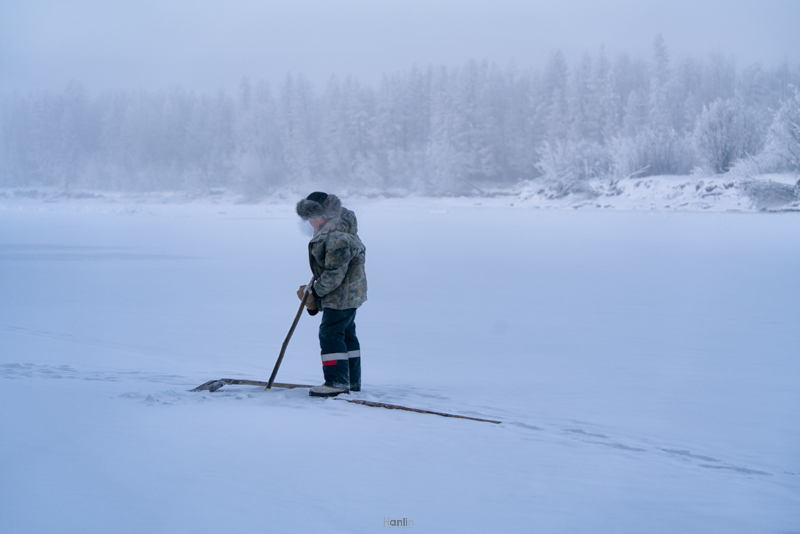
During our visit to Oymyakon, the villagers demonstrated how to catch a fish from a frozen river with a temperature of minus 46 °C.
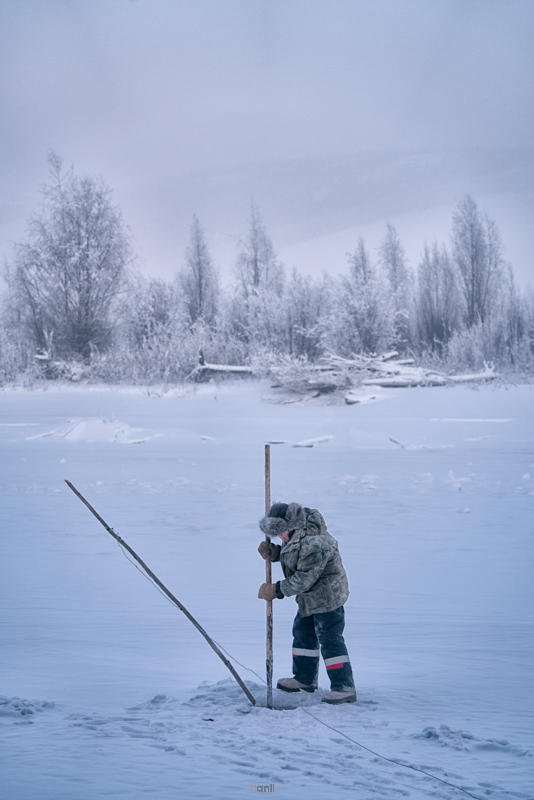
They first dig two separate holes that are 3 meters apart, then they place a fishing net through the first one. The following day, they will return to check the fish net.
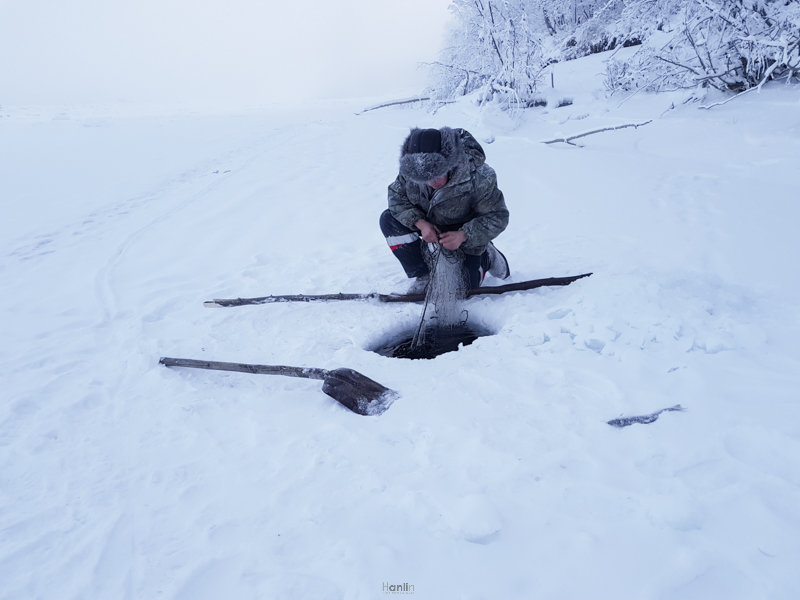
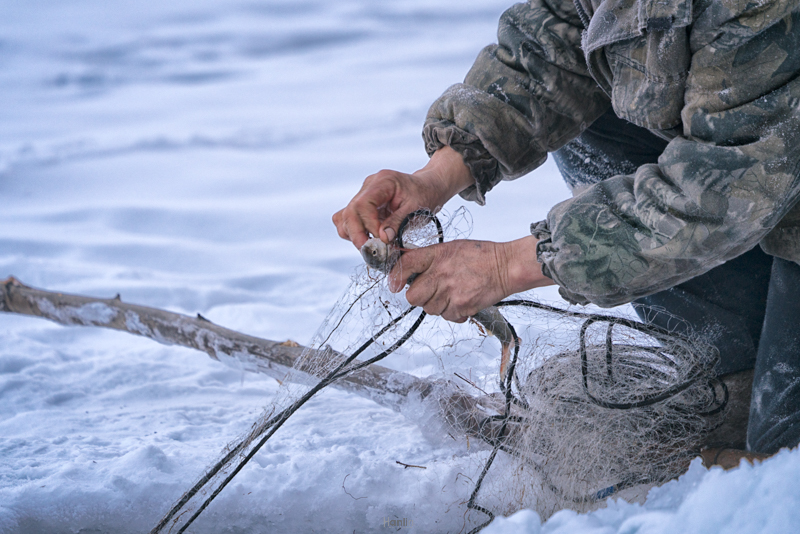
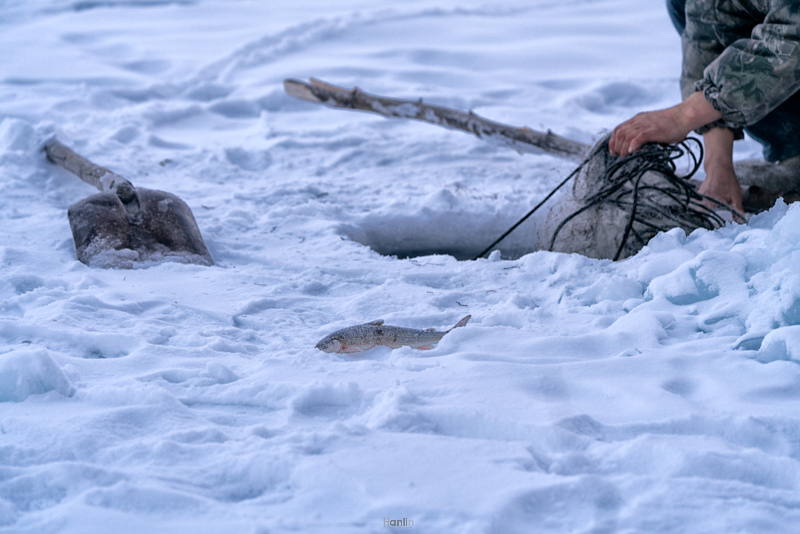
Because the water is so clean, the fish from fresh water tastes fantastic. Stroganina, the most well-known delicacy in Oymyakon, is thin long slices of frozen fresh river fish eaten frozen during the winter and usually served with vodka.
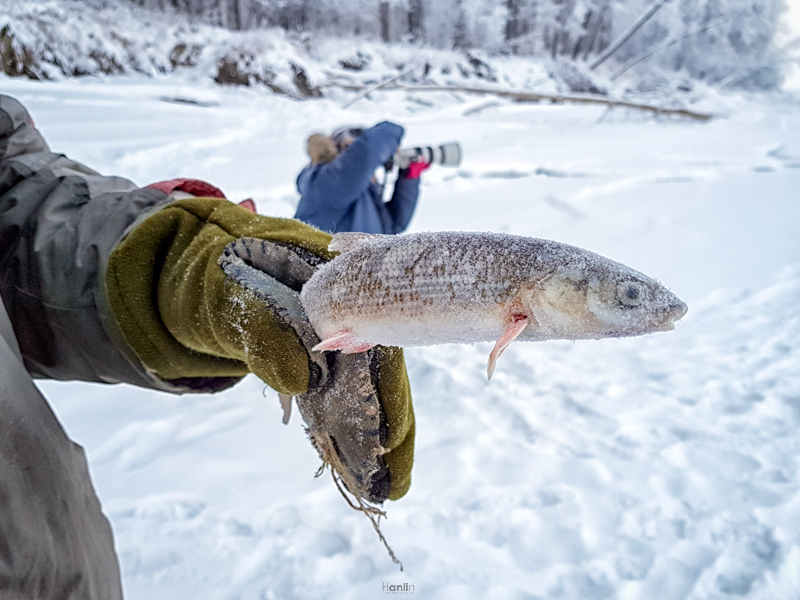
The fisherman showed us what he had caught. Fish can be eaten cooked, fried, grilled, or frozen by Oymyakon/Yakutia people. It is also known as Stroganina, a well-known Yakutia delicacy.
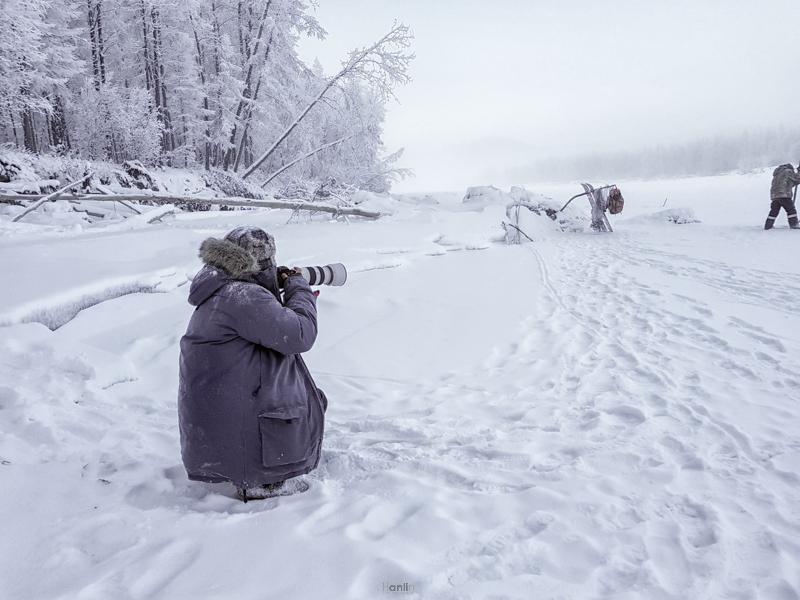
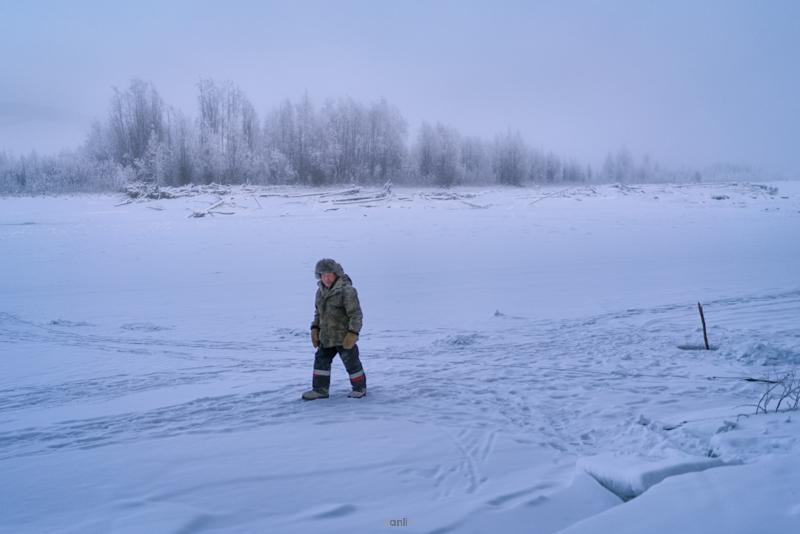
He’s showing us the fox trap.


The fox becomes stuck in the trap.

They usually only take the fur and leave the meat. The market value of fur is extremely high.

Igor, a friendly fisherman from Oymyakon.

thank you for sharing with us, I believe this website genuinely stands out : D.